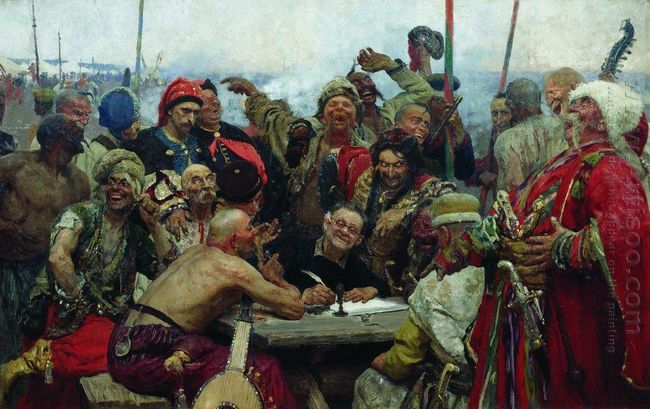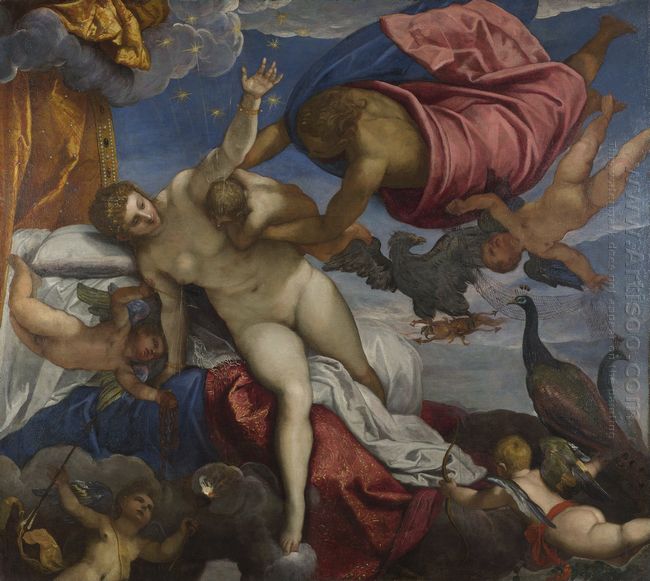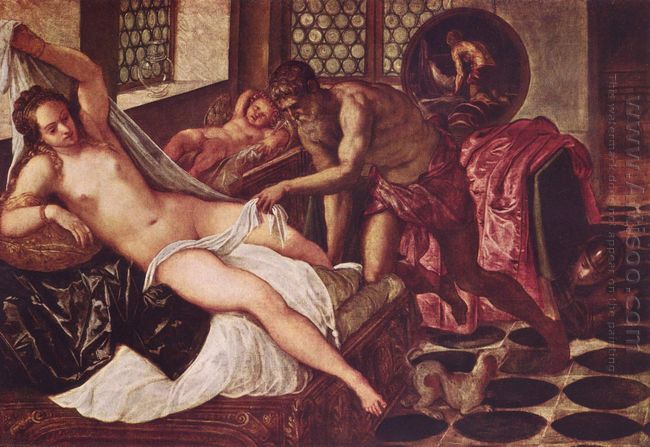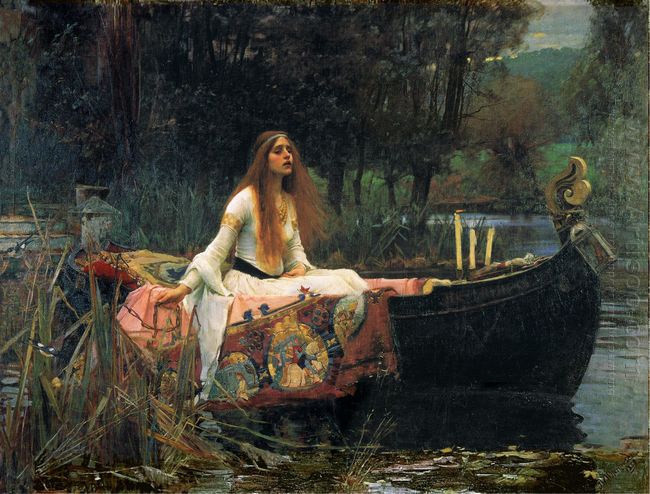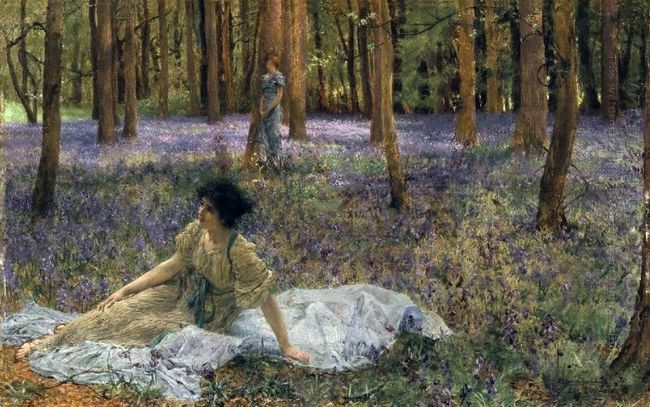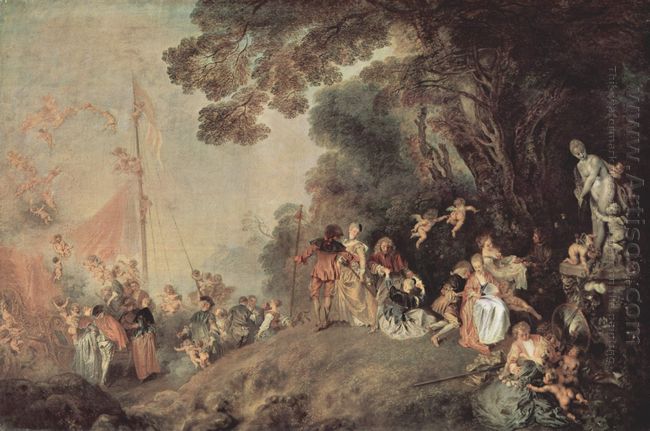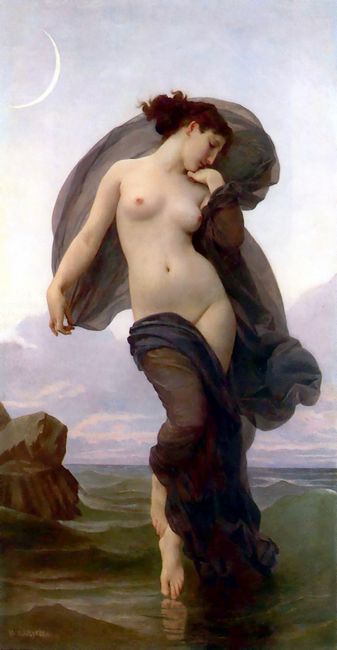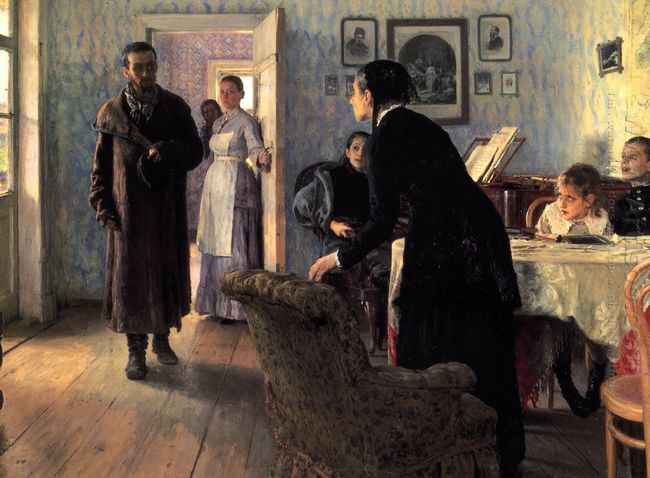
Unexpected Visitors was made by Russian critical realism painting master Ilya Repin in the late 19th century. It depicted that an exile (left one) suddenly returned home. This oil painting showed to the audience that a revolutionary suffered from lots of pains through the character’s facial expressions in detail. His family members were sad, but they did not expect the exile returned unexpectedly. The family felt unexpected and excited. This was made by the Russian realistic master Repin in the late 19th century. The painter created the revolutionary intellectual image under the persecution at the Tsar autocratic rule. After a long exile and slavery, the revolutionary suddenly returned. A thin and bearded middle-aged man walked into the room and still dressed in prison garb. The maid in the door regarded him as the “stranger” and his aged mother surprised to stand up from the sofa. His wife and two young children were also shown on this painting. This painting was displayed after many setbacks.
The painter’s talent was embodied in this work. Every character in this painting was very vivid: a black old woman stood up from the chair she sat before and turned to the “unexpected visitor” and seemed to rush to embrace him; among the two children sitting at the table, the older one happily looked at him with his mouth half open as if to shout; the younger one timidly turned his eyes into this “stranger” from the book. Look at the returned tall and thin exile with unshaven face, beards in his face, faded mast coat and heavy muddy boots. It was apparent that he had gone a long way to meet his relatives. He seemed to be hesitated and even not confident. He felt like an outsider in this home that he had no time to stay, but his expression was strong and brave. From the exile we feel the revolutionary heroism spirit. Repin caught hold of the complex emotional feelings when the exile crossed the threshold, the expressions and actions of he and every family member to show the surprise.
